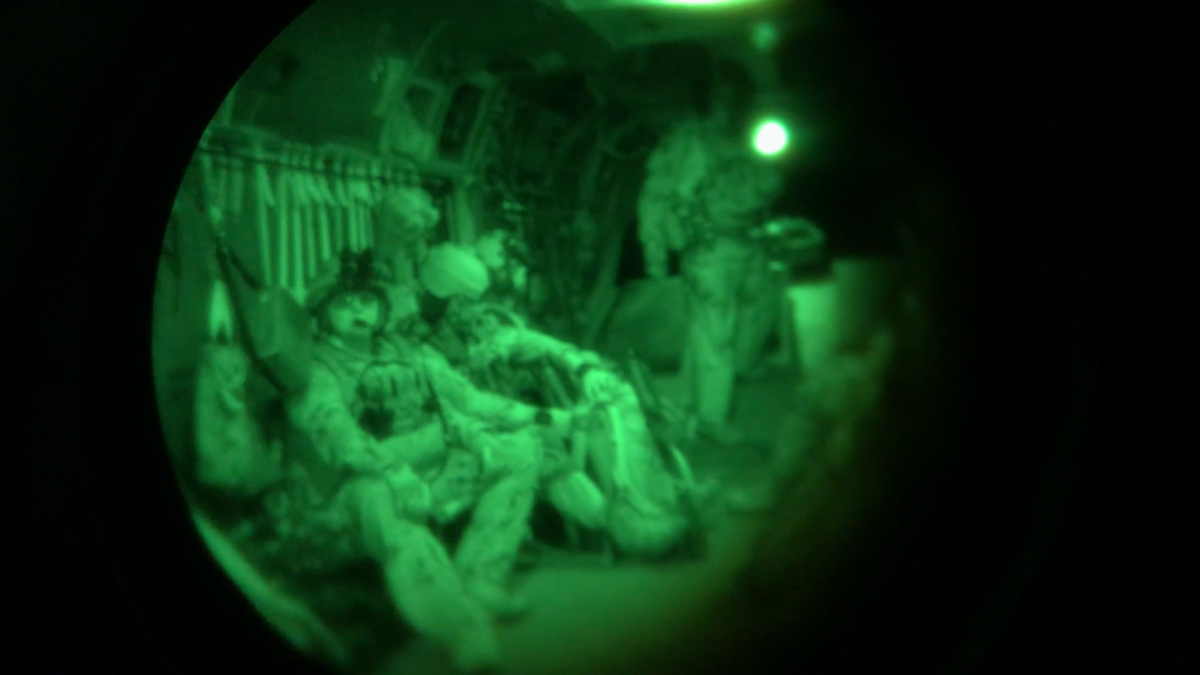Much has been made about the fact that Canada has just joined the United Nations’ deadliest peacekeeping mission.

Since the operation in Mali began in 2013, 170 UN peacekeepers have been killed, as the West African country battles more than a dozen different insurgent groups.
But if you ask the Canadian troops who recently arrived in Mali, they’ll tell you what scares them most isn’t the rebels or the jihadists. It’s the extreme weather.
Canadians are less likely than some of their UN allies to find themselves in a firefight, because Canada’s mandate does not include any “boots on the ground” infantry patrols. Basically, the only time Canada’s Armed Forces are allowed to leave their military base is in an aircraft.
The Canadian military has deployed eight helicopters to Mali, to provide air transport for other UN peacekeepers and supplies.
But the Canadians’ most important job is air medical evacuations. If a UN peacekeeper or a Malian civilian is badly injured and needs to be airlifted to hospital, the Canadians get the call.
Canada will respond by sending a Chinook helicopter, carrying a full medical team (a doctor, nurse and two medics), so they can begin treating the victim the moment they reach their location.
When Canada’s cavalry flies to the rescue, they’re accompanied by a heavily armed escort, in case of an attack.
But their assault rifles and body armour won’t provide much protection against a sandstorm or a thunderstorm — and Mali has plenty of both. Like much of Africa’s Sahel, Mali suffers from frequent droughts and an extreme and unpredictable rainy season.
During my visit to Camp Castor — the UN base that Canada now shares with its German and Dutch allies — I was invited to hop aboard one of the Chinook helicopters for a training exercise.
WATCH: Task force commander says Canada’s Mali mission is up and running

The plan was to practice landing the helicopter on a night when visibility was poor. But before long, that visibility went from poor to zero.
The helicopter experienced what’s known as an inadvertent IMC, which stands for Instrument Meteorological Conditions.
An inadvertent IMC happens in bad weather — in our case, a combination of a dust, haze and a lightning storm — which prevents the pilot from being able to see where he’s flying, losing sight of the horizon and/or the ground.
The National Transportation Safety Board says inadvertent IMC encounters result in the highest percentage of fatal injuries from helicopter accidents.
In our case, the pilots and crew handled the situation expertly. A controlled climb got us out of harm’s way and we returned to the base.
But that was a training exercise. Had it been the real thing — if a victim was truly waiting in need of lifesaving rescue — there would have been additional pressure to push forward rather than turn back.
Over the next year, these are the decisions the 250 Canadian men and women in Mali will be faced with.
Jeff Semple is Europe Bureau Chief for Global National.
- What is a halal mortgage? How interest-free home financing works in Canada
- Capital gains changes are ‘really fair,’ Freeland says, as doctors cry foul
- Ontario doctors offer solutions to help address shortage of family physicians
- Budget 2024 failed to spark ‘political reboot’ for Liberals, polling suggests







Comments